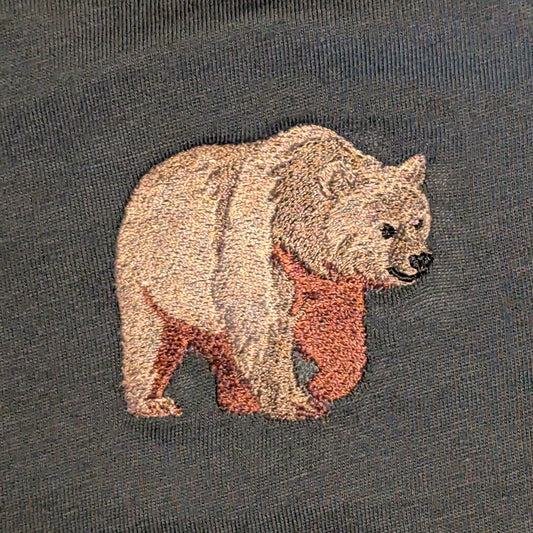Brown Bear
A powerful, adaptable species playing a vital role in the ecosystems it inhabits.
Full Name: Brown Bear
Latin Name: Ursos Arctos
Classification: Mammal
Adult Weight: Males typically from 180 to 360 kg, Females usually between 30 and 200kg.
Adult Length: From 1.4 to 2.8 metres from head to tail. When they stand upright on their hind legs, they can reach up to 3 metres (10 feet) tall!
Lifespan: Typically 20 to 30 years, up to 40 in captivity!
Preferred Habitat: Mainly forested habitats in elevations of up to 16,000 ft.
Status: Extinct in Britain since around a thousand years ago, Least Concern overall today.


















